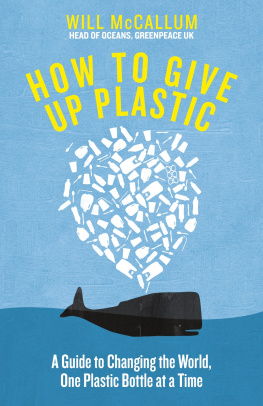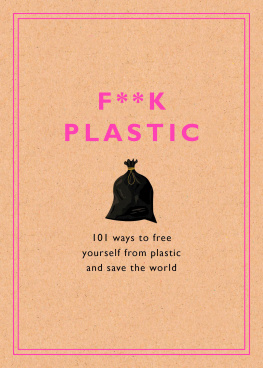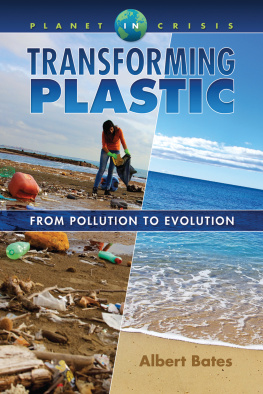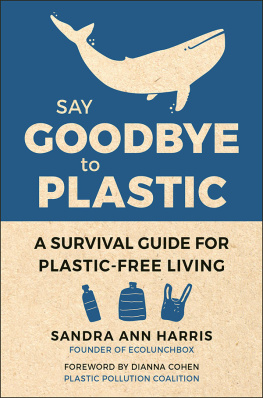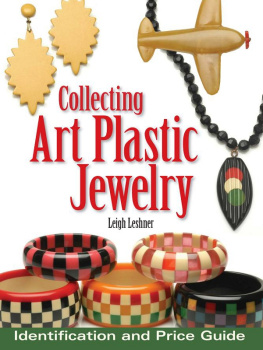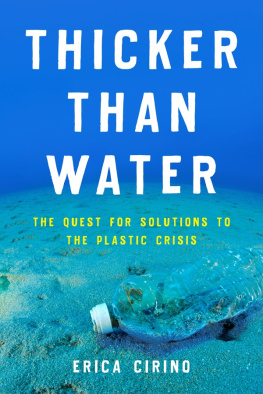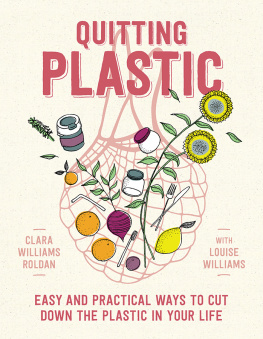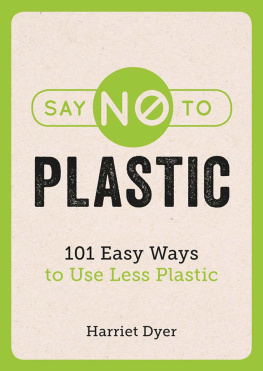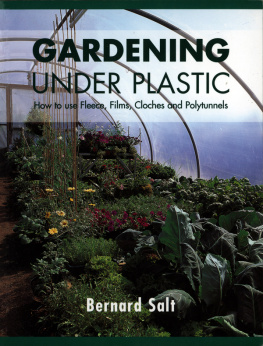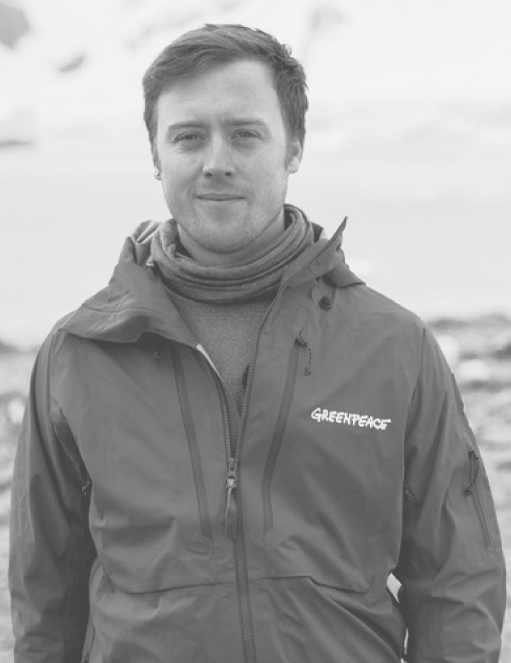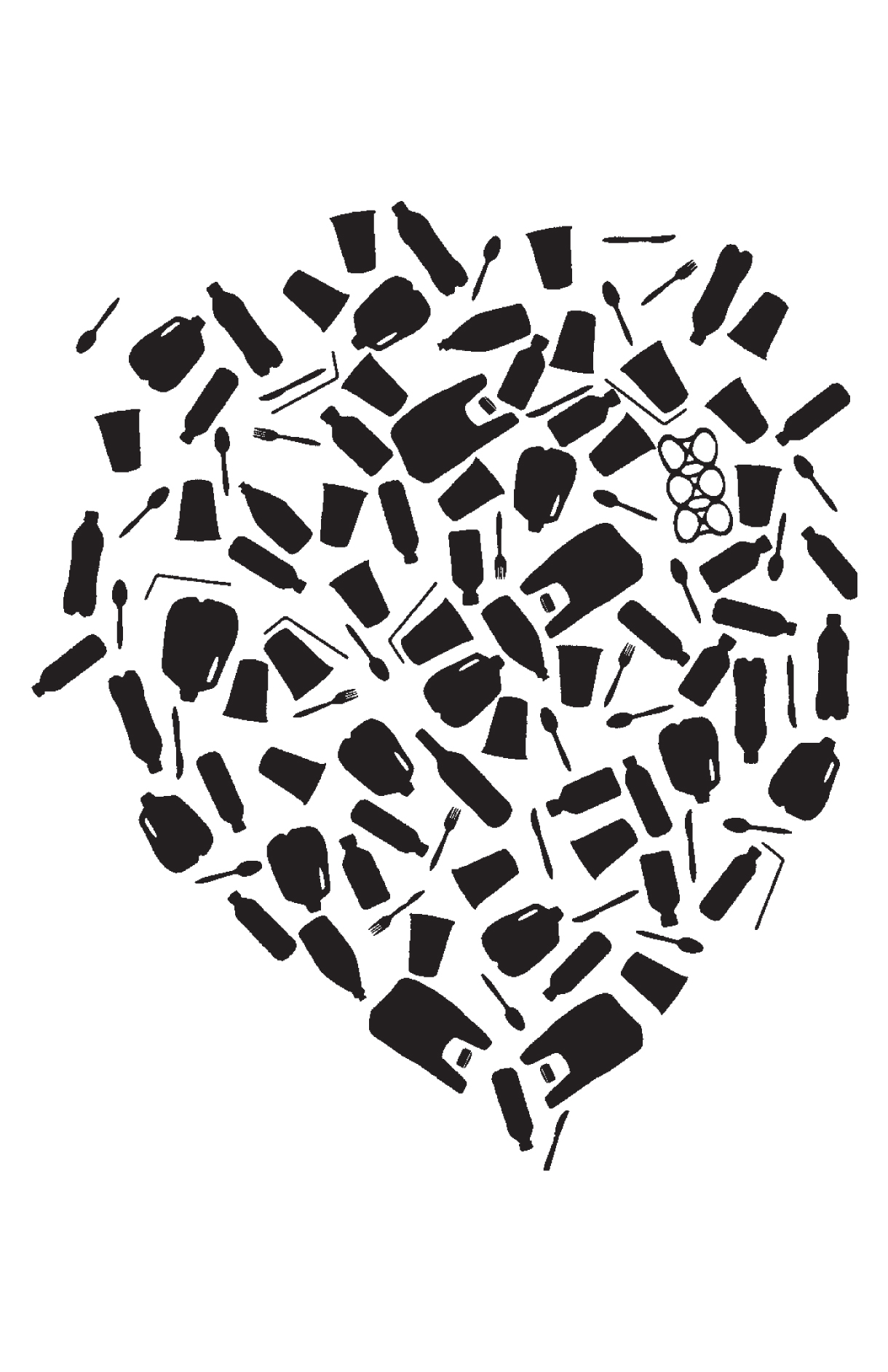ABOUT THE AUTHOR
Will McCallum has been at the heart of the anti-plastics movement for the past three years, in his role as Head of Oceans at Greenpeace UK. He regularly meets with the government and companies to implore them to help tackle the plastic crisis. He leads the global Greenpeace campaign to create the worlds largest protected area in the Antarctic Ocean. He recently spent a month in Antarctica with his team, investigating whether plastic is reaching the most remote region on the planet. He is a keen long-distance runner and regularly goes sea kayaking to explore the UK coast. He credits his love of nature and the outdoors to his grandparents, Doctor Dolittle and David Attenboroughs nature documentaries.
Will McCallum
HOW TO GIVE UP PLASTIC
A GUIDE TO CHANGING THE WORLD, ONE PLASTIC BOTTLE AT A TIME
PENGUIN LIFE
UK | USA | Canada | Ireland | Australia
India | New Zealand | South Africa
Penguin Life is part of the Penguin Random House group of companies whose addresses can be found at global.penguinrandomhouse.com.
First published 2018
Copyright Will McCallum, 2018
Chapter opening illustrations Jennifer Brogger, 2018
The moral right of the copyright holders has been asserted
Text design by Janette Revill
The information in this book reflects the views of the author and not the views of the organization Greenpeace. So far as the author is aware the information given is correct and up to date as at May 2018.
Cover illustration Jennifer Brogger
ISBN: 978-0-241-36322-5
To those who are struggling daily against the tide of plastic pollution across the world all power to you and I hope this book helps a bit
Preface
The issue of plastic pollution in the ocean and the environment has exploded into the public consciousness like no other environmental issue in recent history. Tens of millions of people across the world watched Blue Planet II, David Attenboroughs blockbuster series, gasping in shock at the scene where an albatross fed its chicks small pieces of plastic, mistaking them for food. We have all experienced that moment of walking somewhere beautiful and seeing in our path a stray piece or pile of plastic spoiling our surroundings. Scientific understanding of the impact of plastic pollution, as well as knowledge of the solutions to prevent it getting worse, is still in its relative infancy and yet as we understand more and more about the scale of the problem the desire to act grows stronger.
In the years I have spent campaigning against plastic the most common question I am asked is, What can I do to help? How to Give Up Plastic provides you with the knowledge you need and guides you to make informed choices about getting rid of plastic in your own life. It would be impossible to include alternatives for every plastic product within these pages, and at the current rate of research and innovation there will be many new alternatives just months after Ive finished writing, so this book includes plenty of sources where you can do your own research about products not covered here. It also equips you with the facts about the issue and the campaign tools necessary to help persuade others, including friends, family, colleagues, local businesses and politicians, to join you on the journey to creating a world where plastic pollution may be a thing of the past.
For the most part when talking about plastic in this book, I am referring to single-use plastic i.e. plastics that are used once and then thrown away, often taking centuries to break down. Items like plastic bags, straws, coffee cups and plastic packaging. I focus on these because as well as posing an increasingly large problem to the worlds oceans, these items are where we as individuals can have the biggest impact, in our own homes and communities. Also because, in my opinion, they epitomize the problem with plastic. It is not that this material cheap, flexible and in many instances life-saving when it comes to medical uses is inherently bad. Rather, that we have developed a throwaway culture around single use that is not healthy, for society or for the oceans and if the plastic crisis in our seas has any silver lining at all, it may be that it provides the catalyst to snap us out of this destructive pattern.
Finally, a word at the beginning about the necessity of plastic to some peoples lives, whether it be due to mobility issues requiring someone to drink through a straw or that where they live the water from the tap is unsuitable to drink there are on occasion good reasons for using single-use plastics. These exceptions to the rule mean that in our quest to get rid of plastic it is important not to immediately point the finger before first understanding individual circumstances. Circumstances that should not be used as an excuse by companies and governments to forgo action and innovation to find alternatives as explained in the excerpt written by Jamie Szymkowiak, founder of disability rights organization One in Five, . Plastic has become so pervasive that if we want to have any chance of success, giving it up has to be a journey that brings people together, no matter what their circumstances.
Introduction
Can I grab you quickly? Take a look at this.
Grant Oakes, our biosecurity officer on-board the Arctic Sunrise, Greenpeaces icebreaker vessel, grabs me from the canteen and takes me to our makeshift lab in the hold where he has set up a microscope. As he rotates the Petri dish round beneath the lens of the microscope, I focus in on the offending object hard, bright pink with serrated edges, it is obviously not from natural sources. It seems we have found our first fragment of plastic in the pristine Antarctic waters we are sailing in. A couple more colleagues join us and we take turns to examine it. We cannot confirm whether it is plastic until next month when we will take it back to our laboratory in Exeter University for analysis, but to the untrained eye it is hard to imagine it is anything else. (A few weeks later the results revealed that we had found two fragments of plastic in waters hundreds of miles from permanent human habitation.)
The reaction in the canteen is far from surprised; if anything we expected to see these results sooner. Greenpeace ships have been testing for plastics in the ocean since the mid-1990s and in the past few years its presence in our trawls has increased more and more across every ocean the ships sail in. As is becoming common practice on each of Greenpeaces three ships, we are taking every opportunity, weather and ice permitting, to do what is known as a manta trawl using a fine-mesh net, about a metre across at the mouth, to test for plastics in the water. From the frozen Arctic tundra to the deepest trenches in the ocean, scientists have found plastics almost everywhere they have searched, so why not down here in the Antarctic as well, at the bottom of the world, despite its lack of permanent inhabitants.

